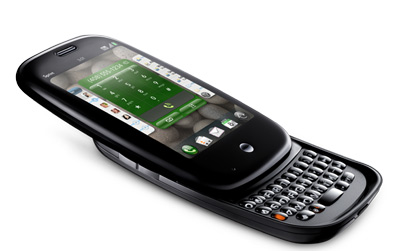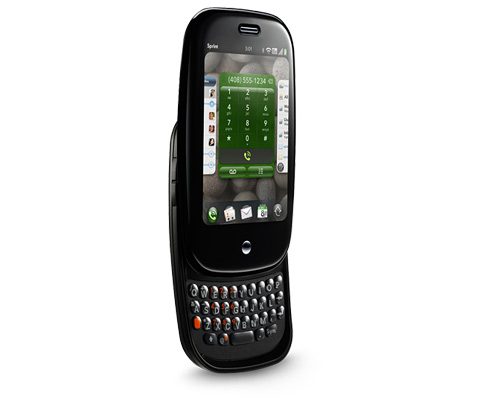In the world of technology innovation the Android OS has emerged as a growing engine of change. Already powering a rapidly growing array of smartphones and tablet computers, the Android operating system has risen to a prominent role in the technology and gadget marketplace in just a few short years. A solid indication of the Android OS role is that savvy consumers now consider Android as a factor in making a buying decision along with price and other features. In fact Android powered phones are growing more rapidly than any other platform including Apple’s iOS.
What is the Android OS?
Android is a mobile operating system that was initially developed by Android Inc. According to the Android.com web site: ““Android is an open-source software stack for mobile phones and other devices.” The key here being that the Android operating system is open-source and therefore available to all licensed developers at a relatively small cost. Android is based upon a modified version of the Linux operating system kernel. It is also enhanced, extended and maintained by a wide range of people and organization along with Google.
Again from the Android web site, “Android was originated by a group of companies known as the Open Handset Alliance, led by Google. Today, many companies — both original members of the OHA and others — have invested heavily in Android, typically in the form of allocating significant engineering resources to improve Android and bring Android devices to Market.”
In the second and third quarters of 2010 the unit sales for Android OS smartphones ranked first among all smart phone OS handsets sold in the U.S. In the third quarter of 2010 Android smartphone market share had grown to 43%. In the last quarter of 2010, Google’s Android dethroned Nokia’s Symbian operating system as the global leader in smart phone software. This change illustrates how quickly Google has jumped to the top of the smart phone market, leapfrogging Apple in its rapid ascension.
Google, unlike Apple or Nokia, does not make its own smart phone hardware. Google instead offers the Android operating system free to other phone and tablet computer manufacturers who adapt Android to best fit with their smart phones.
More in depth information is available from Canalys here: “Google’s Android becomes the world’s leading smart phone platform”
Android OS: A Bit of History
The original Android, Inc. was incorporated on 2003 in Palo Alto, California. Initially producing operating software for mobile phones, Android Inc. was acquired by Google in 2005. The Android development effort at Google incorporated key elements of the Linux operating system into the new mobile platform.
The new platform provided handset makers the flexibility of an upgradeable system. Through an Open Handset Alliance with various mobile companies, the first Android OS platform powered by Linux kernel, version 2.6, was unveiled. Companies that participated in the alliance includes Sony Ericsson, LG, Samsung Electronics, Asustek Computer Inc., Toshiba Corp., Motorola and Texas Instruments.
Since the Android operating system was released, there have been a number of updates with most of them focused on updating OS features and minimizing bugs. Android OS’s most recent versions include version 2.0/2.1 (Éclair), 2.2 (Froyo), 2.3 (Gingerbread) and Version 3.0 (Honeycomb). A combination of versions 2.3 and 3.0 will be released by mid-2011.
Android OS: Changing the Landscape of Smart Phones and Tablets
The Android operating system software has seen explosive growth with an increasing number of consumers switching to gadgets powered by Android. To date, Android OS is activated by 350,000 users per day. Along with providing users with more options for their budget, Android phones and Android tablet PCs provides a high level of flexibility in choosing handsets and wireless carriers.
A key feature among Android phones and Android tablets is the ability to run multiple applications at the same time while keeping all the information visible on your home screen.
Following the release of HTC Dream on October 2008, more and more mobile phones and tablet PCs have rushed into the gadget marketplace. Among the top Android phones released this year are: HTC Desire, Google Nexus One, HTC Evo Shift 4G,LG Optimus, Motorola Droid X, Motorola ATRIX 4G, Samsung Galaxy S4G and the Sony Xperia Play. In the Android tablet market a wide range of devices from Samsung, Motorola, Acer, HP, Dell, Toshiba and many others, potentially including Google itself, are currently available or will be available during 2011.
Add a growing number of applications for the Android operating system to the growing number of hardware devices and a continually evolving operating system platform and one sees a great deal of momentum continuing to build. So, while the Android OS has had a great deal of success so far, it is quite possible that the greatest growth is yet to come. If you are interested in more information tablet PCs be sure to read the post Tablet PC Primer for more insights.





